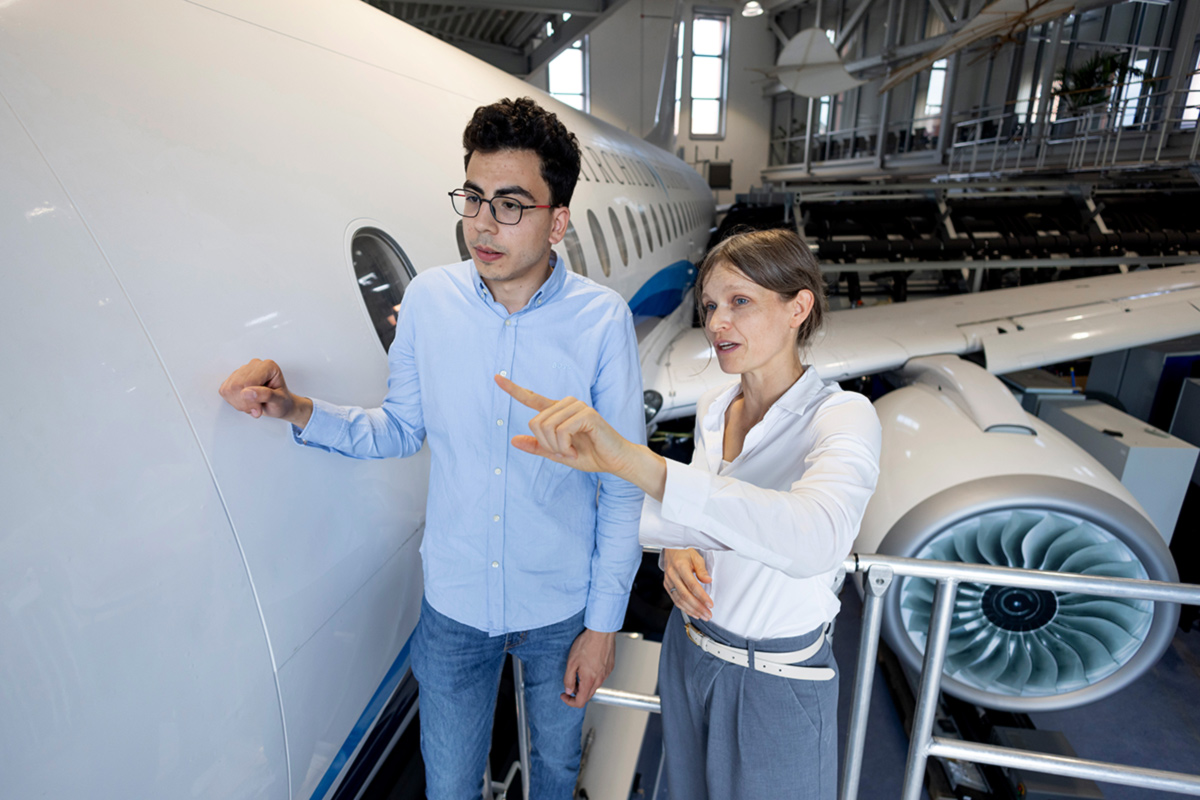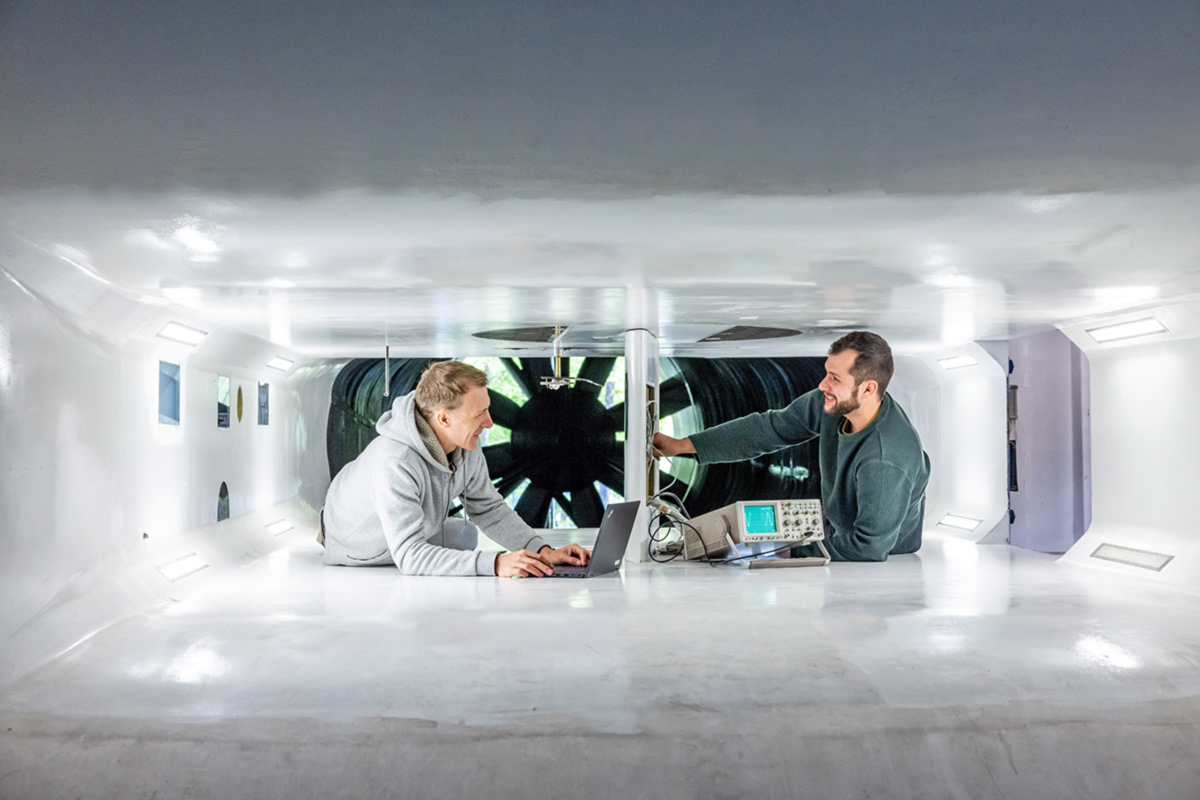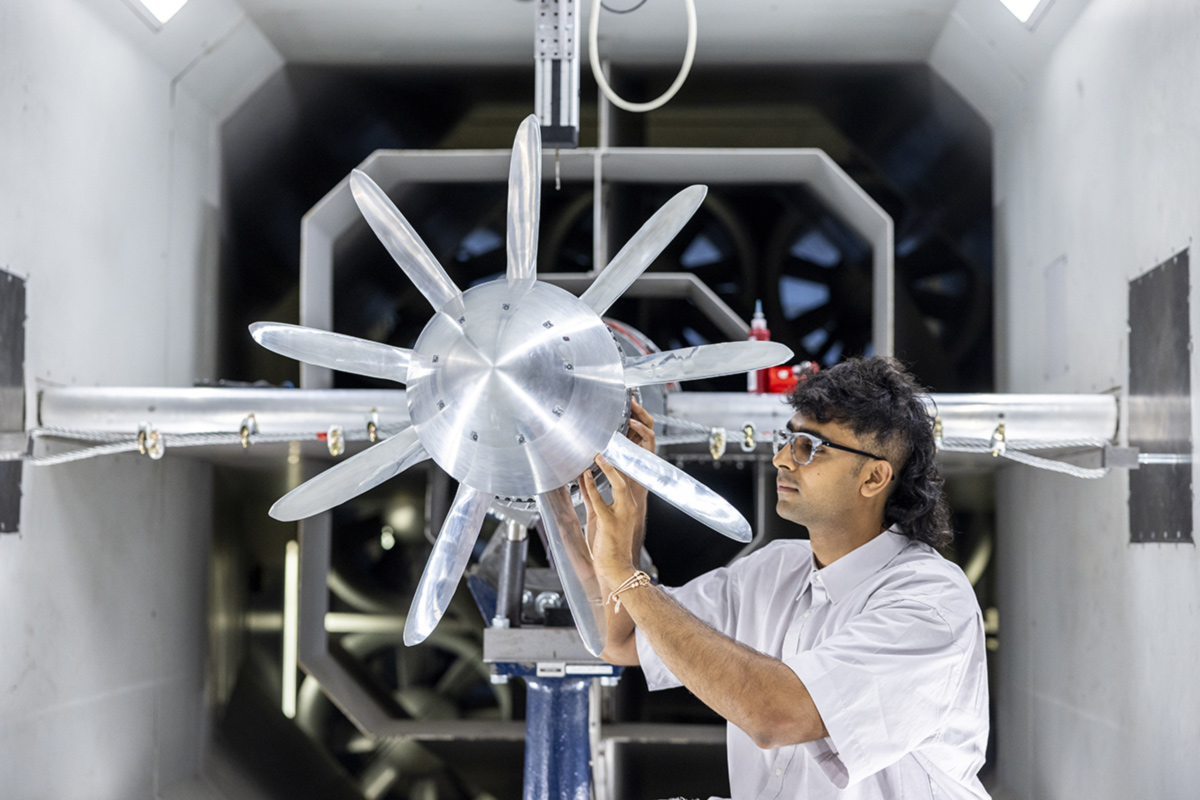A02: Simulation of aircraft flow losses
Project A02 contributes a comprehensive assessment method and corresponding practical tools for accounting aircraft flow losses and possible power savings through propulsion integration to SynTrac. Project A02 will provide a methodological extension for the assessment of all types of flow losses by analysing the system by methods based on an extended Power Balance and by methods based on the Second Law of Thermodynamics. This also enables a detailed analysis of the composition of the entropy production and of the losses. The extended Power Balance will be validated by data from experiments in project A01.
Motivation
Need for comprehensive assessment method and corresponding practical tools for accounting aircraft flow losses and possible power savings through propulsion integration:
- Flow losses through entropy production
- Thrust generation and heat rejection
- Unified methodology needed
- Best practice in application needed
Objective
Unified methodology for accounting flow losses resulting from dissipation of mechanical flow powers and heat rejection:
- Establish unified nomenclature of flow losses
- Cover relevant flow processes
- Conversion of mechanical flow powers
- Heat rejection
- Validate methodology with relevant experimental flow data
- Provide practical tools for loss identification
Approach
The project focuses on extending the Power Balance concept for flows with heat transfer, aiming to develop a unified set of equations and nomenclature. Collaborative efforts from A01, A02, and C03 ensure the verification of experimental setups for robustness. Using experimental flow data from A01, predictions of the Power Saving Coefficient are validated, alongside the development of tools for identifying mechanical flow losses and best practices. Numerical investigations center on heat transfer enhancement methods, specifically through simulations of micro-structured surfaces and the establishment of Reduced Order Models (ROMs) for further applications. Loss analysis based on the Second Law of Thermodynamics utilizes exergy formulation and sensitivity analysis to assess heat transfer potentials in propulsor bypass streams, leading to the development of tools for rebuilding entropy transport equations and deriving optimal approaches. Simulation efforts aim to identify performance potentials of distortion-tolerant fans.
Role in SynTrac
- Prediction of Power Saving Coefficient (PSC), to be validated with data from A01
- Unified loss analysis method for use in A03, B01, B02, B04, and C03
- Heat transfer enhancement for B01 and C01
- Conclude airline definition of the reference wind tunnel model of A01














